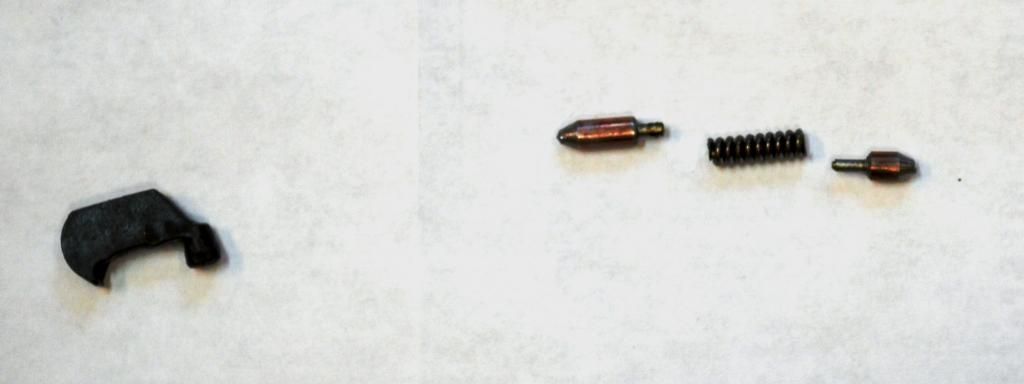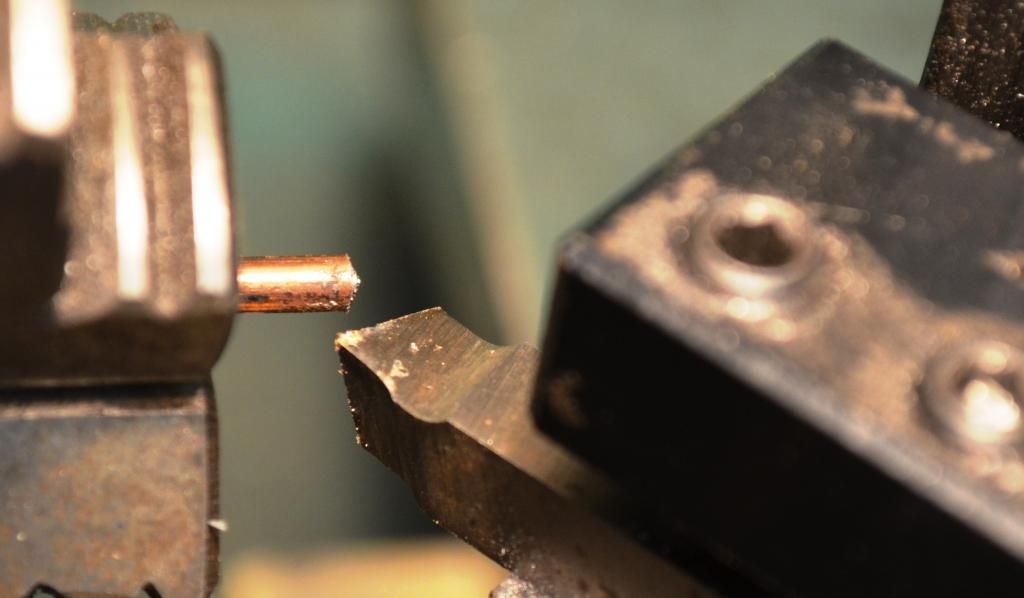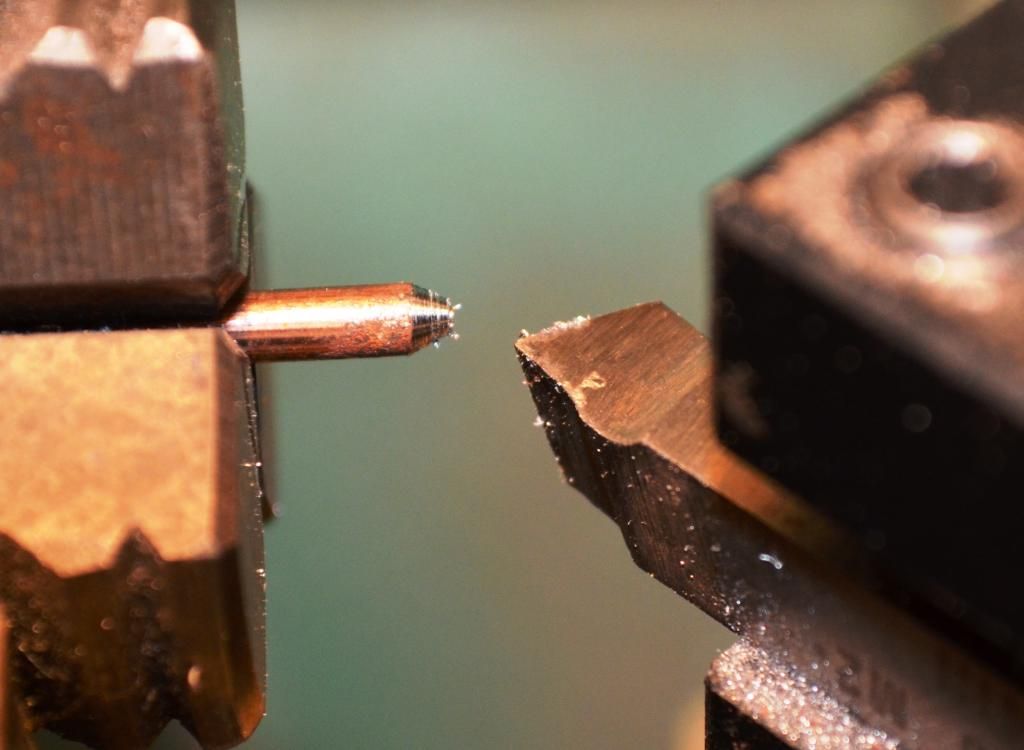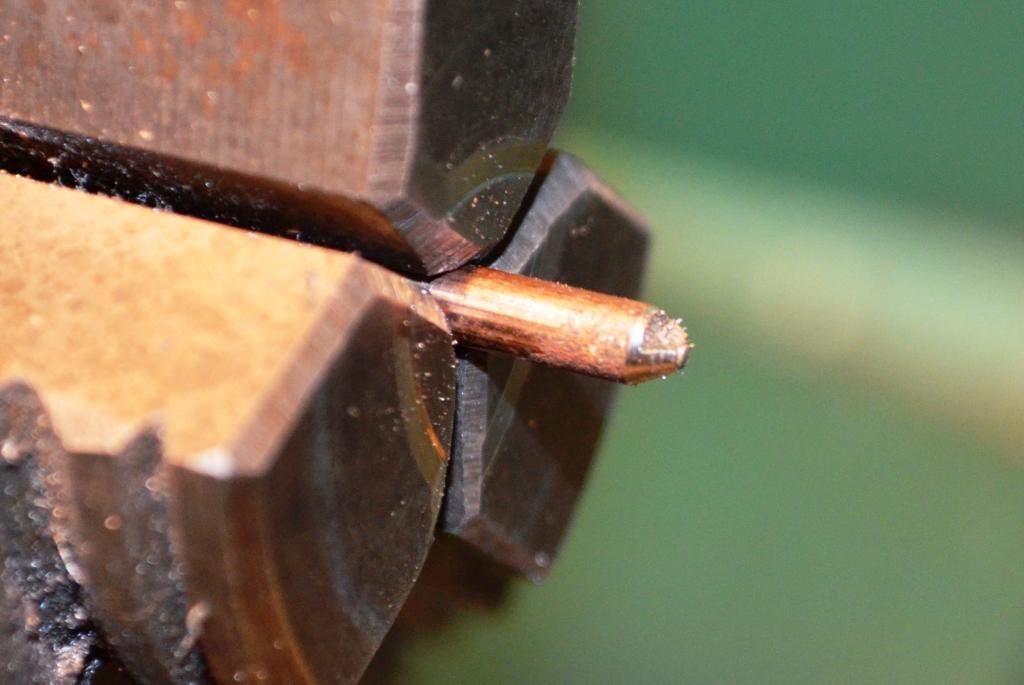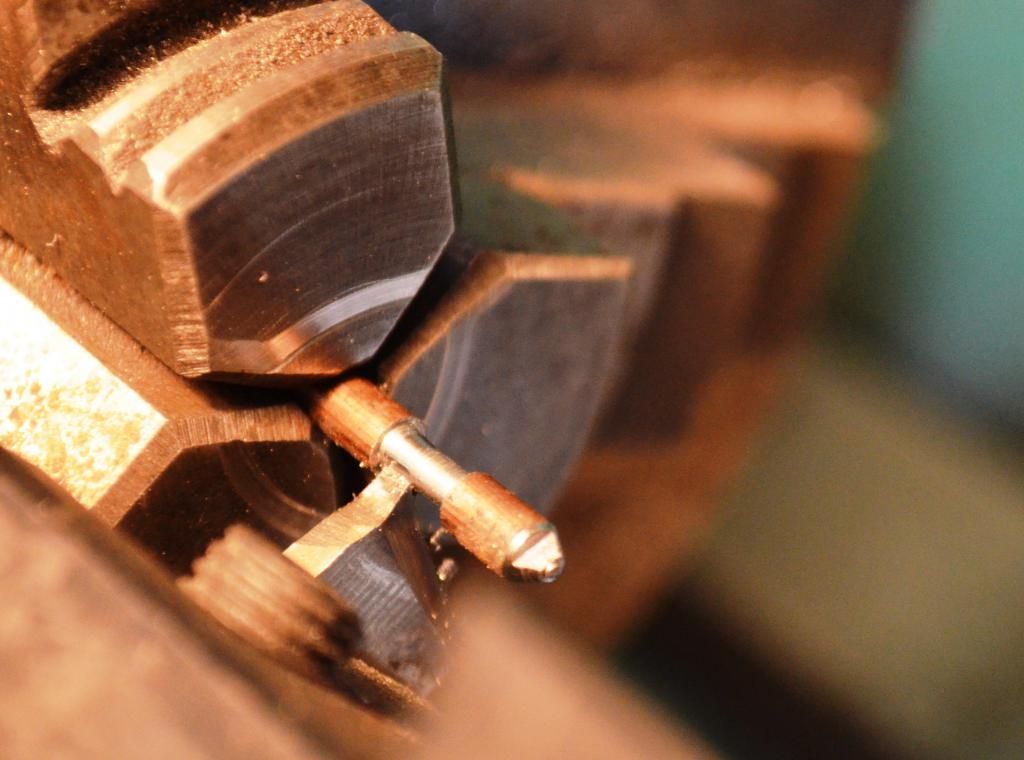Actually is a P1 from July 1958.
Bought the thing online (Gunbroker) and put about fifty rounds through it when it quit cycling.
Found that the extractor, extractor plunger and plunger spring were completely gone.
Figure the odds of finding such tiny parts in four inch grass.
Bought the parts online only to find that the plunger spring and plunger were WAY too short. too short for the tip to extend past the rim of the hole that it is intended to fit into. No way would it bear on the extractor.
Called up the vendor and got into a long and interesting discussion about how some P38 (1)s are fitted with a second plunger at the bottom of the spring. I never thought to ask him to send me the right parts.
It got to be a challenge so I made a longer plunger and a bottom plunger for the pistol. Just so happens that welding rod is the perfect diameter.
Reassembled the pistol. Extractor tension appears good. Cycled three rounds without a hiccup.
I probly should buy spares (of the proper design) but for now, I am going to see how long the welding rod lasts.
I'll post some photos a little later.
Bought the thing online (Gunbroker) and put about fifty rounds through it when it quit cycling.
Found that the extractor, extractor plunger and plunger spring were completely gone.
Figure the odds of finding such tiny parts in four inch grass.
Bought the parts online only to find that the plunger spring and plunger were WAY too short. too short for the tip to extend past the rim of the hole that it is intended to fit into. No way would it bear on the extractor.
Called up the vendor and got into a long and interesting discussion about how some P38 (1)s are fitted with a second plunger at the bottom of the spring. I never thought to ask him to send me the right parts.
It got to be a challenge so I made a longer plunger and a bottom plunger for the pistol. Just so happens that welding rod is the perfect diameter.
Reassembled the pistol. Extractor tension appears good. Cycled three rounds without a hiccup.
I probly should buy spares (of the proper design) but for now, I am going to see how long the welding rod lasts.
I'll post some photos a little later.

